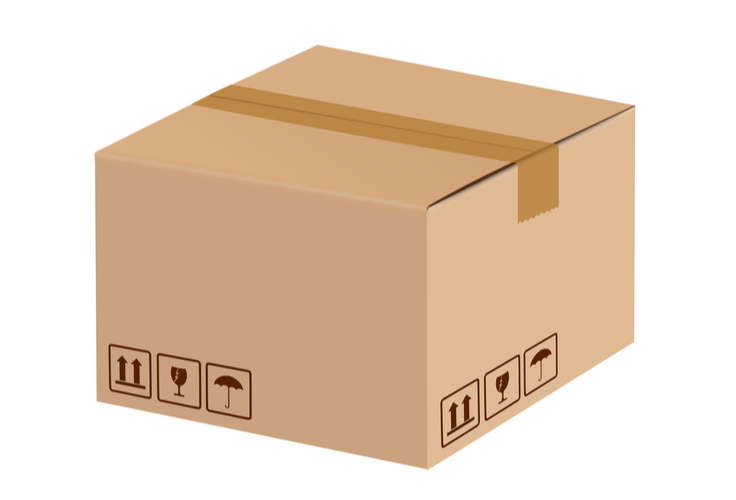Properly packaging a box helps prevent your item(s) from being damaged in shipment. To avoid product damage that strains customer relationships and forces you to process costly return and replacement orders, review these simple but important guidelines and techniques.
Select the Right Box
- Size: Ideally, the box should be big enough to contain your product and about 2 inches of cushioning material surrounding it. For heavy, fragile and/or valuable items, allow for more cushioning material.
- Construction: Corrugated boxes come in a variety of constructions (layers of corrugated and thickness of board). For heavy items and/or items that will be handled roughly, use a heavy-duty box.
- Style: Most boxes have flaps that meet in the center — fine for most items. Many other styles, such as boxes with fully overlapping flaps and tuck-in tops, are also available if you want extra protection or easier sealing, opening and closure.
Use the Right Cushioning Material
Cushioning material prevents your item from being damaged by external impact or internal shifting. Common cushioning materials include bubble wrap, flexible foams, flowable “peanuts” and dunnage paper.
Bubble and foam provide the highest level of cushioning and serve as moisture barriers. Flowable materials are inexpensive for filling voids at the top of the box, but are messy and not always eco-friendly.
How to Tape a Package
It’s crucial to know how to use packing tape, because an improper seal can cause the box to pop open, allowing the item to fall out or contaminants to enter.
- If you’re using pressure-sensitive, plastic box sealing tape and standard boxes, the most important thing is to make sure the tape is centered across where the flaps meet at the top and bottom of the box.
- Allow each strip of tape to come down the side of the box at least 2 to 3 inches on both sides.
- After the tape is applied, press it down with your hand to make sure the tape is in full contact with the boxboard.
- For heavy items or shipments undergoing rough handling, use an extra-wide tape and/or put down two strips of tape across the box — top and bottom.
- For additional strength, put down a strip of tape — top and bottom — along the edges of the box perpendicular to where the flaps meet.
- As far as how to tape packing boxes, be sure to use heavy-duty tape for items such as china, glassware, books and other valuable, fragile or oversized household/office items.
How to Use a Packing Tape Dispenser
Packing tape dispensers come in many varieties. The most common and easiest to use is the pistol-grip dispenser. The tape core is held in place on a rotating wheel, and then the tape is threaded through the dispenser until it rests over the blade. Often, the wheel has an adjustable brake, to accommodate tapes with different adhesive stickiness and your preferences.
Once the tape is on the dispenser, run the dispenser from one side of the box, across the center flap, and down the other side. Pull the dispenser upward with a wrist motion, and the dispenser will flatten the tape and cut it.
For high-volume box sealing, taping machines are an excellent alternative to speed up the process and reduce cost.
Need Help With How to Package a Box?
GWC Packaging has years of experience helping customers find the right shipping solutions. Contact us now to learn more about our products and equipment.
